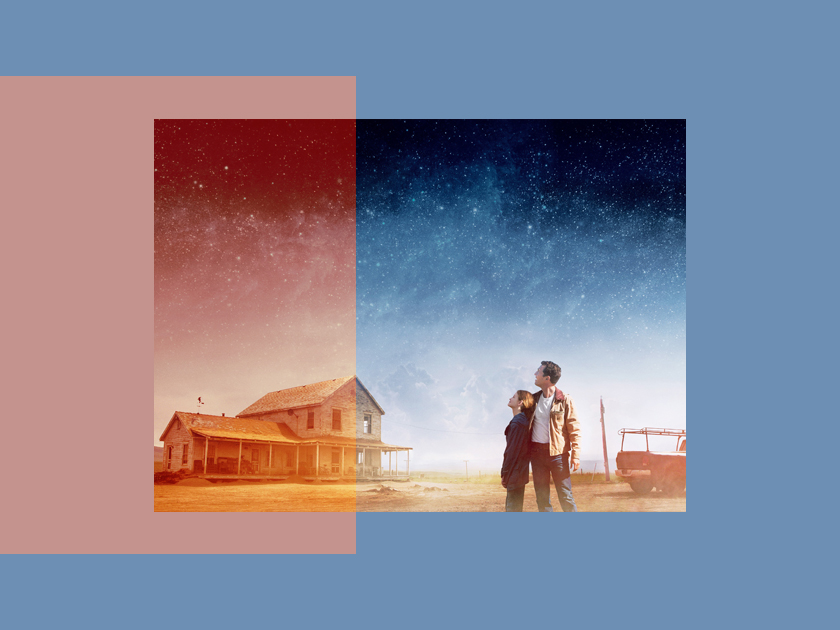From Vertigo Films began reissuing Studio Ghibli’s filmographyfirst was with the DVD and Blu-ray release of “Spirited Away”, followed by re-releases of “My Neighbor Totoro”, “Princess Mononoke”, “Whispers of the Heart” and “Howl’s Moving Castle” and has continued with the arrival of the unreleased “Poppy Hill”, not to mention the theatrical release of “Earwig and the Witch” and the expected revival of the aforementioned “Princess Mononoke”. Distributor is back to bring another discontinued title from the factory, ‘Memories of Yesterday’one of the studio’s masterpieces e essential title in Isao Takahata’s filmographythe other founding partner of Ghibli.

‘Memories of Yesterday’ adapts Hotaru Okamoto and Yuko Tone’s manga ‘Only Yesterday’ (published in Spain by Dolmen Editorial, although currently out of print). The graphic novel centered on Takeo’s childhood, a girl who grew up in Japan in the 1960s. The comic, with a nostalgic look, was a portrait of that decade from a childhood point of view, with a series of daily learnings that make it a great title in the slice of life sub-genre. In a way, it also evoked the spirit of “The Wonder Years” series.
Takahata, who even before the founding of the Ghibli showed an innate ability to portray the melancholy of childhood with iconic series such as “Heidi”, “Marco” and “Anne of Green Gables” and with films such as “Goshu, the Cellist”, he has brought history to his field. Thus, the film adaptation picks up only a few pieces of the original manga, as it is a story told from the perspective of a 27-year-old Taeko and playing with the time factor, placing a present in 1982 and the past in 1966. allows the story has a much greater depth and that the director, who also wrote the script, sets up a feature film as a costume designer close to the cinema of Kenji Mizoguchi or Yasujiro Ozu.

And he approaches that costume designer’s gaze having as the main plot the existential doubts of a 27-year-old woman, employed by profession, who decides to spend her holidays in a town in the Yamagata, where his brother-in-law comes from, to help grow safflower. The protagonist recalls her childhood in a moment of doubts about her future, in a society that, in 1982, exerted much more pronounced pressure on those women approaching their thirties and not yet married. Taeko is an independent woman, whose decisions she knows are fundamental for her own happiness.
One of the fundamental works of Studio Ghibli
“The larvae have to change to become butterflies. I didn’t want to change … Maybe I remember all this because it’s time for me to change again”Taeko wonders herself in the film, which has scenes that make the film one of the most intimate in the factoryaddressing feminine issues in a much deeper way, such as the scene where menstruation is explained and more was launched in 1991, long before Hollywood animation productions dared to talk about a topic that should be common. Takahata, therefore, gives an exceptional depth to a story in which different themes typical of his cinema are shown, being a love song to rural life, as well as taking childhood problems and how it affects adult life seriously.

Takahata sets up a feature film which also shows one of his main obsessions: capturing real life. Unlike his colleague Hayao Miyazaki, his animation proposals have been framed in a kind of experimental animation and plots that reject the fantasy elements, to show the details and charm of life itself, being “Pompoko” and “The Tale of Princess Kaguya “her only exceptions, although they both have many of the other emblems of her cinema. In the case of “Memories of Yesterday”, this is increased by betting on different animation styles in the same feature film.
To tell the story of 1982, Takahata decided to record the voices of the dubbing actors before making the animation, which is unusual in the Japanese industry given its additional cost. The present has stunning lip-syncing, with the addition of realistic-style animation that leaves a series of sequences that could very well be photographs and show the director’s care for craftsmanship, as well as his commitment to innovation. . In reverse, the scenes that correspond to the past and that adapt the manga stories of Okamoto and Tone have a style closer to classic animationwith a stark contrast of colors and tones, being one of the most innovative films in the factory.

Far from any typical referent of the factory, showing the character of its creator, ‘Memories of yesterday’ is one of the fundamental works of Studio Ghibli. A nostalgic reflection on the passage from youth to adulthood, with childhood as the main starting point. A commitment to a costume story that shows the charm of everyday life and that the passage of time has erected as one of the essential feature films in the history of cinema, which elevated that great director who was Isao Takahatathe other great teacher whose legacy lasts over time.
“Memories of Yesterday” is now available on Blu-Ray and DVD, from Vertigo Filmsand streaming on Netflix.
Note: 10
The best: The attention to detail, the commitment to different types of animation, appreciating one of the deepest stories of Ghibli.
Worse: Which hasn’t had a re-release in theaters.
Source: E Cartelera




